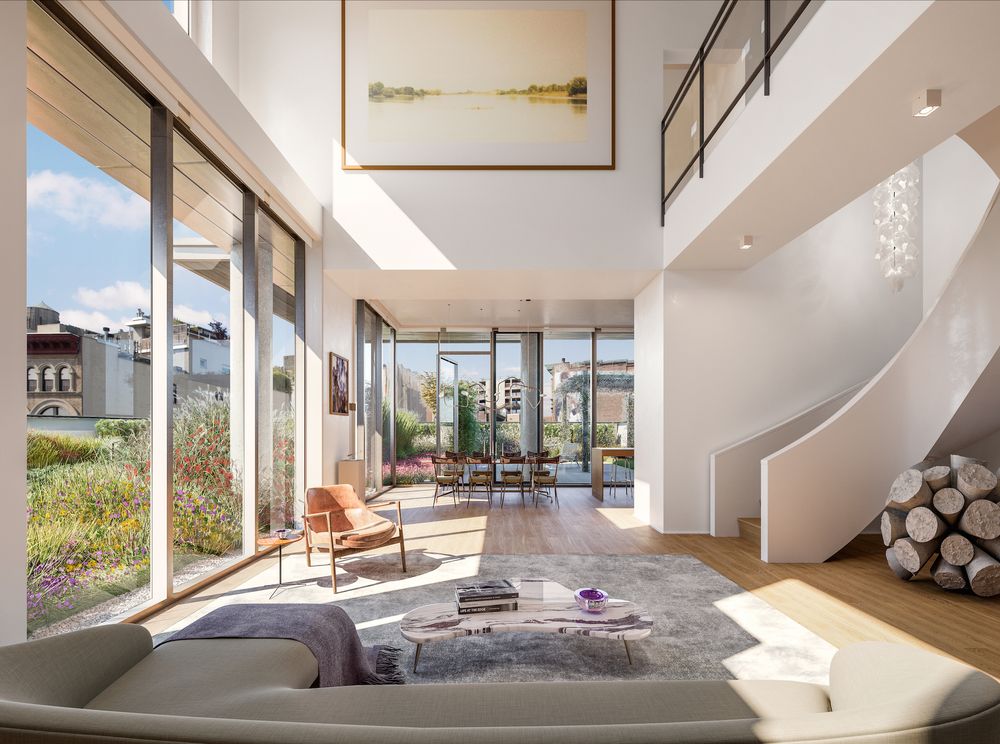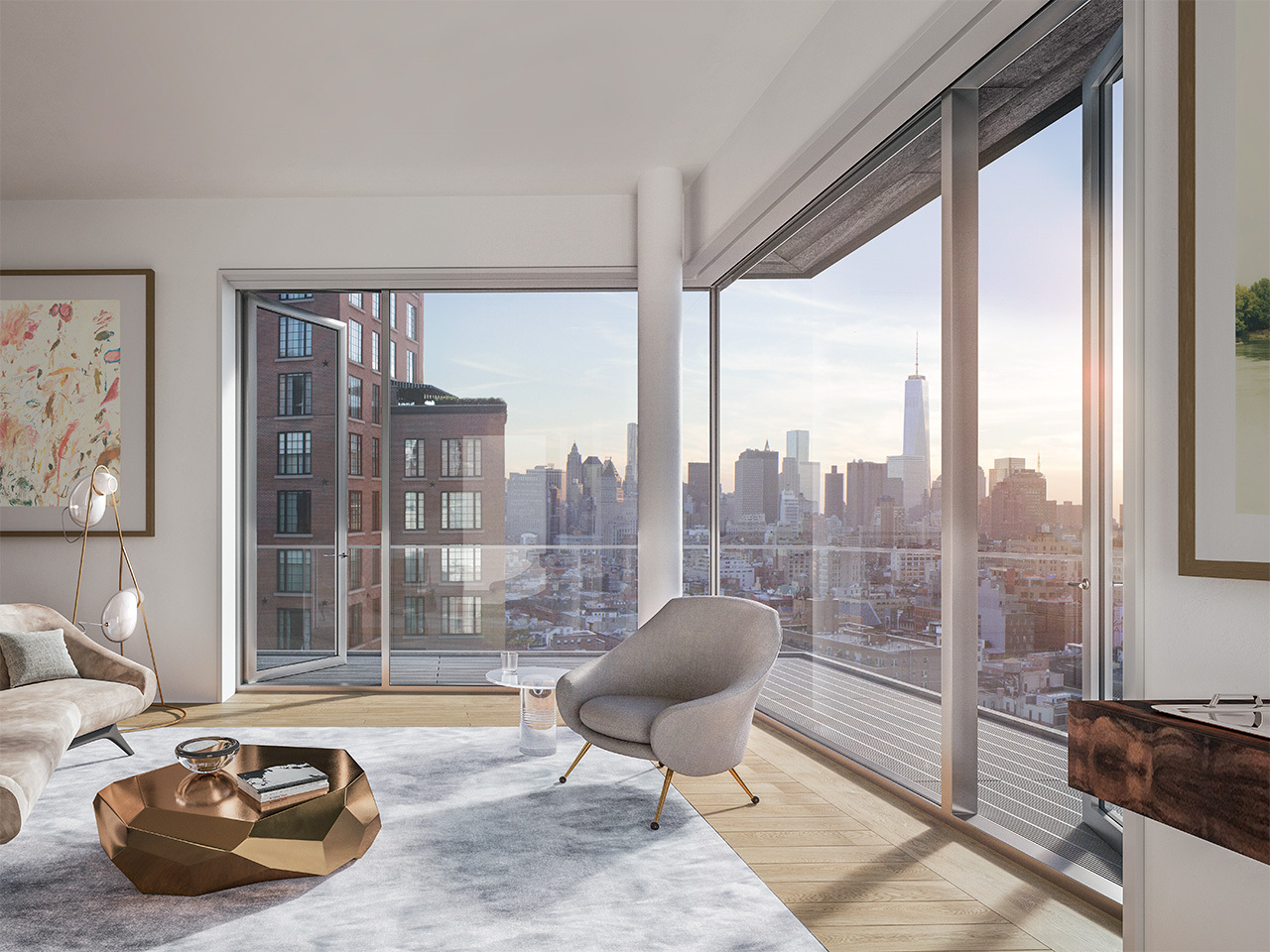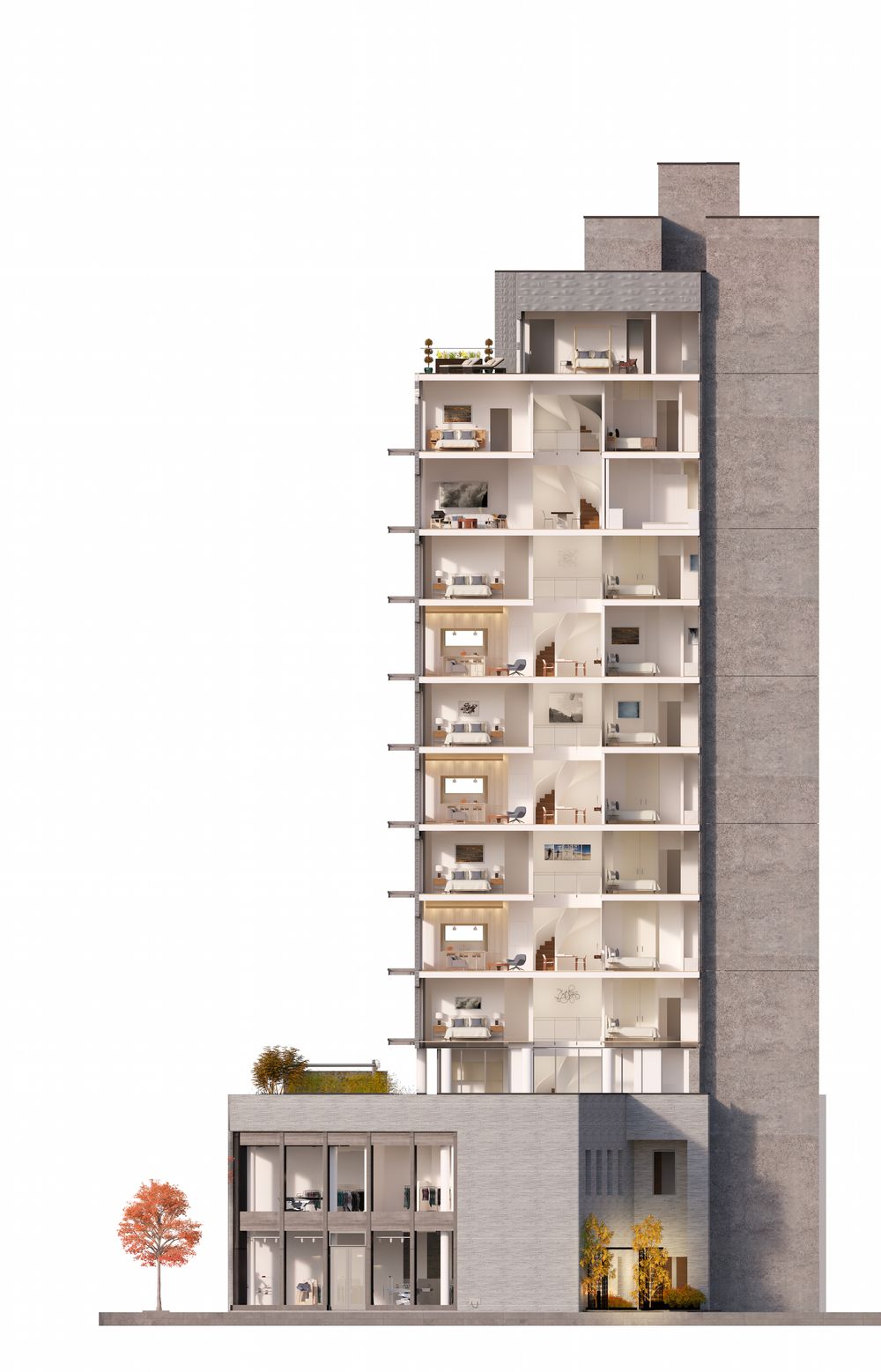In June, Amazon announced plans to acquire Whole Foods for a sizable $13.7 billion in what’s being called a “game-changing” move by CNBC, which first reported the news. The sale is now approved and will close on Monday, August 28.
That is also when the first effects of the deal will be seen in Whole Foods stores around the country. Beginning Monday, Whole Foods will slash prices on a selection of “best-selling grocery staples, including Whole Trade organic bananas, responsibly-farmed salmon, organic large brown eggs, animal-welfare-rated 85% lean ground beef, and more,” said Jeff Wilke, CEO of Amazon Worldwide Consumer, in a press release.
Additionally, some Whole Foods stores will get Amazon Lockers, where customers can pick up or return items ordered from Amazon.com. And down the line, customers with Amazon Prime accounts can expect additional savings at Whole Foods stores, which will adapt Prime for its customer rewards program.
Amazon has long been moving to make its URL dominance an IRL phenomenon: The company’s first brick-and-mortar bookstore in New York City opened on June 1. It’s all part of the Seattle e-commerce giant’s increased influence in U.S. cities, from its massive network of storage warehouses to its new forays into real-world retail.
With this deal, Amazon will muscle fully into the world of real estate, acquiring Whole Foods locations from coast to coast, and stands to cement its prominence in the profitable groceries market, which the company has openly coveted. Though the U.S. retail sector is shrinking overall, companies like Walmart—known for their diversified offerings and low prices—enjoy continued profitability.
As Curbed previously reported:
According to Cooper Smith, an analyst at L2 Inc., a New York-based business-intelligence firm, [Amazon] has been testing its technology and strategy with a small string of bookstores, which he sees as a means for Amazon to eventually enter into the grocery market, a $770 billion-dollar-a-year industry.
“These stores are about testing in-store tech to use in grocery stores,” he says, “which is a much bigger opportunity. Amazon already owns books. Did they crush Barnes & Noble and Borders just to open up physical stores and piss on the graves of these companies? When you think about the end game—launching grocery stores with the same tech they have in the book stores—you realize the past five years haven’t been about selling books.”
To get more insight into what this move means for cities, Curbed spoke with Cooper Smith, an analyst at L2, a New York-based business intelligence firm.
What did Amazon buy, beyond the name?
So, in order for Amazon to sustain its current growth rate in retail, is has to get into grocery. Amazon isn’t new to grocery. AmazonFresh was launched 10 years ago. If you asked Jeff Bezos, I think he would call that a failure. Amazon needed to get into brick-and-mortar, and the best way to do that was through acquisition.
What it acquires is a brand, one that people associate with buying groceries. Amazon has been selling groceries for 10-plus years, but people don’t necessarily think about buying groceries there. It’s a brand play. The synergy between Amazon and Whole Foods is an incredible threat to Walmart and Lidl (the new German grocer who owns Trader Joe’s and Aldi).
Amazon is the most efficient retailer on the market. Whole Foods will still be the sign on the front of the store, but the backend will be Amazon and Amazon’s efficiency. It’s an incredible synergy. When you think about the people who shop at Whole Foods, they’re Prime members. Amazon isn’t acquiring new customers, it’s up-selling to its most valuable customers. It’s Amazon’s play to capture a greater share of Prime members’s wallets.
What’s Amazon’s next step?
I don’t see Amazon really touching or changing the Whole Foods brand in the near term. What I see the end goal being is, five years from now, Amazon wants to be a top five grocer in the U.S. I’ve been running the numbers, and in order for them to do that, they need to do $30 billion a year in food and beverage sales. They currently do $8 billion and Whole Foods does $15 billion. So they’re now halfway to their goal of becoming a top five grocer in the U.S.
They’ll never become the top grocer in the U.S. because it’s too big of a market. Their goal is to target their core customers, who live in San Francisco, Austin, New York City. When they launch new services, they launch them in these cities, and when you look at the demographics, they are the cities with the highest proportion of millennials making over $100,000 a year. Amazon wants to be the number one grocer for those customers.
How else will this purchase, especially down the road, have an impact on cities?
Whole Foods has roughly 430 locations in the US. which relative to other retailers isn’t a lot, so this acquisition isn’t going to have a significant, immediate effect on the urban landscape. That said, Amazon, which is the most efficient supply chain retailer in the market, is trying to figure out how it can make fulfillment more efficient. The fact that it acquired 430 retail stores means that Amazon’s footprint isn’t insignificant when it comes to brick-and-mortar. Relative to other retailers it’s small, but it’s not insignificant any more.
As an analyst, I have to stop talking about Amazon being an online-only retailer. It’s now a retailer, online and offline. Amazon more than anyone is going to have an effect on the urban landscape over the next 20 years. Will this acquisition accelerate that impact? No, but with a lot of the technology coming down the pipeline—warehouse robotics, self-driving vehicles delivery drones—Amazon is the market leader. The company will eventually help create a more efficient urban landscape.
In terms of how this impacts, say, New York City residents, if you shop at Whole Foods, a year from now, you’ll be shopping at Amazon for groceries, which is an incredible thing. We spend more money on groceries than any other retail category. The average American family goes to a grocery store twice a week. The idea that we as New Yorkers will be shopping at Amazon twice a week is profound.






















































